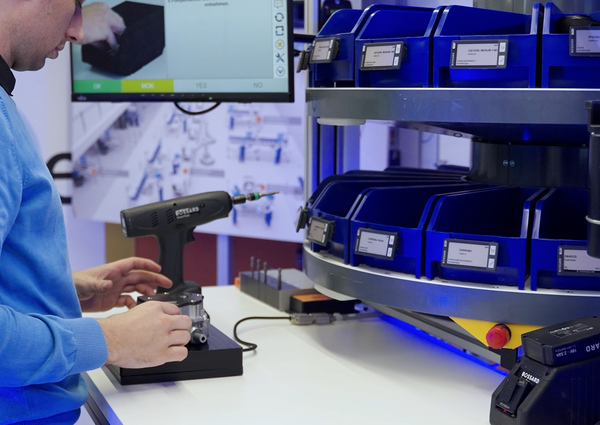DigitalTransformationTalk: Transforming 3D printing from prototyping to production
On 29 April 2025, DigitalTransformationTalk host Kevin Crane was joined by Sam Mills, AM Operations Manager, Eaton; Sualp Ozel, Senior Product Manager, Autodesk; Robert Collier, President, NECO; and Mayid Shawi, Software Product & Partner Manager, HP.
Views on news
Adidas will be launching the Climacool shoes globally making them available to everyone starting May 2nd for $140. Adidas hasn’t confirmed the exact process used to make the shoes aside from saying they’re “created through additive manufacturing and engineered entirely through cutting-edge 3D printing technology.”
The shape and size of the shoe can be customized for individual buyers ensuring a perfect fit and the design can be easily refined over time by just modifying a 3D model. Additive shoe designs offer opportunities for cost saving, which is also reflected by the consumer price. It might be a sign that mass customisation is already down the road.
The transition from prototyping to production
AI algorithms are now capable of designing components which are 30-70% lighter than traditionally produced parts without compromising strength. Generative design tools are also opening new possibilities for additive parts. The majority of the cost of a part comes from the design phase. The latest advancements in 3D printing can be traced back to what was called topology optimisation in the 1980s and Autodesk Fusion has been the tool that has made these capabilities widely available. However, both technologies require engineers with a good understanding of engineering principles and simulation.
Today we have a variety of tools (text-to-design ones too), which lower the barrier to entry for creating organic shapes. Another challenge is how companies can digitise legacy – often paper-based – designs. Additive can also play a key role in creating replacement for 20-30 year old worn-down components. What 3D printing currently needs is a wider range of materials – now, if you need polycarbonate, you are mostly limited to FDM 3D printing, although there are also other materials with similar features.
When manufacturing parts through 3D printing, it must make business sense too and you need to have a standard output regardless of the location of production. There have been two challenges holding back production – material requirements and manufacturing rates. Filler loadings can be a challenge as well, while consistency and repeatability are key to scaling. To be able to compete with injection moulding, manufacturers must make the most of their machines and in a consistent way. Between prototyping and production for end parts, there’s always the additional phase of jigs and fixtures, which is also a major use case for additive.
There are certain tools and techniques that enhance consistency, such as humidity control rooms and ASM tinsel tabs. Once these factors are under control, additive can become competitive with injection moulding. 3D printing should also be enabled by digital workflows. Today, about 60% of manufacturers rely on more than 5 applications to manage their additive manufacturing process, where the lack of data sharing and digital integration can be major setbacks.
Data is a central part of the 3D workflow from capturing the design requirements to the conceptual design and simulation phase. There is a lot of data to be dealt with during this process and, although there are unified solutions – oftentimes different data sets are managed by different applications.
The panel’s advice
- Try to automate as much of the workflow as you can and eliminate manual interventions.
- Unify your data from different tools to minimise the amount of data lost.
- Use available tools to assess the cost of adopting additive manufacturing.
- Use Autodesk Fusion free trial to get a taste of designing with this tool.

Business Reporter Team
You may also like
Most Viewed
Winston House, 3rd Floor, Units 306-309, 2-4 Dollis Park, London, N3 1HF
23-29 Hendon Lane, London, N3 1RT
020 8349 4363
© 2025, Lyonsdown Limited. Business Reporter® is a registered trademark of Lyonsdown Ltd. VAT registration number: 830519543





